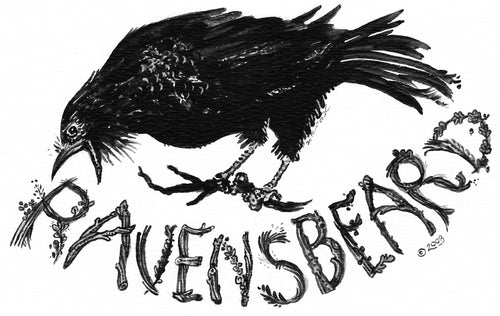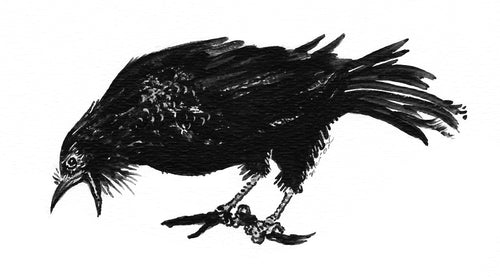
Is it my imagination or am I seeing more rabbits and chipmunks in my backyard than in previous years? The breeding season seems to be in full swing and with the baby rush, Ravensbeard is seeing the aftermath of mishaps and unfortunate accidents.
At Ravensbeard, baby sparrows, starlings, blue jays, black-billed cuckoo, and phoebes with their mouths wide open are demanding to be fed. We have four great horned owlets in our aviary, having grown and now flying, awaiting release after they learn how to hunt. It is not just birds, but also baby mammals as well – from a groundhog (released), squirrels (released), rabbits (released) to a passel of possums who lost their mother.
If you live in the Hudson Valley, it is important to have at least basic knowledge of what to do (or what not to do) when you encounter baby animals. Please keep the diagram below handy as a quick reference on the fridge, especially during this time of year.

Most of the time, the best thing to do is to leave the animal alone. Even if baby animals look like they were abandoned, they may not be, and taking the animal out of its natural environment may greatly reduce their chances of survival or being able to return to the wild. In case of a fawn, interference could possibly mean dooming it. You can tell if a wild animal needs help if it has a visible broken limb, is bleeding, shivering or has a deceased parent nearby.
For birds, it depends on whether it is a hatchling, nestling, or a fledgling. As the name suggests, a hatchling is a baby bird that is newly hatched with its eyes still closed and covered in down or completely naked. A nestling is a baby bird with some feathers, open eyes and able to move about inside the nest, but dependent on parents to feed them. A fledgling is a young bird that has left the nest and is learning to fly, hopping around or perched on a branch but still dependent on parents to feed them.
If you find a baby bird on the ground, look around to see if you can find the nest, especially if it is a hatchling or nestling. If you cannot or the nest is located too high, call a wildlife rehabber like Ravensbeard or deliver the baby to one. Baby birds need to feed at least once an hour so time is of the essence. The hatchlings need to be kept warm as well. For fledglings, you can pick them off the ground to avoid cats or other predators, and leave them on a branch where their parents can find and feed them. (Please refer to this site).
These are general rules of thumb. When in doubt, please refer to the diagram. If you still have questions, reach out to Ravensbeard at 845-901-0633. For a quicker response, text the number with a brief description and photos, if possible. As mentioned before, this is a busy time of year for us. We are taking care of the animals we have and we will try to get back to you as soon as we can. You can also try other local wildlife rehabbers. We sincerely appreciate your concern for the baby animals. Gain some basic knowledge to be able to help them. We will do our best to give advice and jump in when help is needed.

